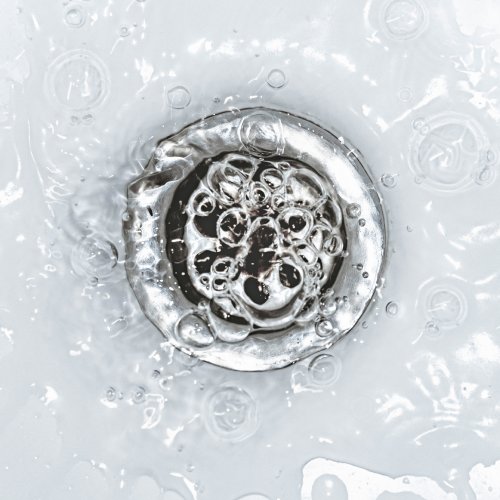
Dealing with water that takes forever to disappear down your sink can be incredibly frustrating. When you’re washing dishes or brushing your teeth, the last thing you want is standing water that refuses to drain properly. Understanding five possible causes of slow sink drains in your home can help you address the problem before it becomes a major plumbing issue.
Hair and Soap Buildup
One of the most common culprits behind sluggish drainage is the accumulation of hair, soap residue, and other debris in your pipes. Over time, these materials combine to form thick clogs that restrict water flow. Bathroom sinks are particularly susceptible to this type of blockage, especially when family members with long hair frequently use the sink. The combination of hair strands and sticky soap creates a web-like obstruction that catches additional debris.
Regular cleaning can help prevent this buildup from becoming a problem. Removing visible hair from the drain opening and using hot water flushes can help dissolve soap residue before it hardens into stubborn blockages.
Grease and Food Particles
Cooking oils, grease, and small food particles frequently make their way down kitchen drains, where they cool and solidify. Even small amounts of grease can accumulate over months, gradually narrowing the pipe’s interior diameter.
Food scraps that seem harmless can also contribute to slow-draining sinks in your home. Items like coffee grounds, rice, and pasta expand when exposed to water, creating unexpected obstructions. Avoiding the disposal of these materials down your sink can significantly reduce drainage issues.
Mineral Deposits From Hard Water
Calcium, magnesium, and other minerals dissolved in water gradually accumulate on pipe walls, creating rough surfaces that catch debris and reduce water flow. This process happens slowly, so homeowners might not notice an issue until drainage becomes noticeably sluggish.
The white, chalky residue you might see around faucets and fixtures indicates mineral deposits are likely forming inside your pipes as well. Professional cleaning or water softening systems can address this underlying cause.
Tree Root Intrusion
Outdoor factors can also affect your indoor plumbing performance. Tree roots naturally seek water sources and can infiltrate underground drain pipes through small cracks or joints. Once inside, roots continue growing and expanding, creating significant blockages. A sign you have tree roots blocking your pipes includes multiple drains in your home experiencing problems simultaneously, often accompanied by gurgling sounds.
Root intrusion typically requires professional intervention, as the roots must be completely removed and the pipe damage repaired to restore proper function.
Improper Pipe Installation or Damage
Another possible cause of slow sink drains in your home is structural issues with the plumbing system itself. Pipes installed with insufficient slope cannot rely on gravity to move water effectively. Similarly, pipes that have shifted, cracked, or collapsed create low points where debris accumulates and water pools. While some DIY plumbing maintenance can address minor clogs, structural pipe problems typically require professional assessment and repair.
Restoring Your Drainage System
Identifying the specific cause of your drainage problem is the first step toward finding an effective solution. Simple blockages near the surface can often be cleared with basic tools and techniques. However, deeper issues, such as root intrusion or pipe damage, may require professional plumbing services to ensure proper resolution and prevent recurring problems.
Regular maintenance and mindful use of your sinks can prevent many drainage issues from developing. By understanding these common causes, you can take proactive steps to keep your home’s plumbing system functioning smoothly.
Leave a Reply